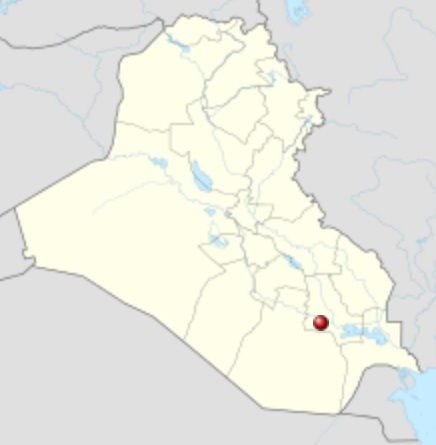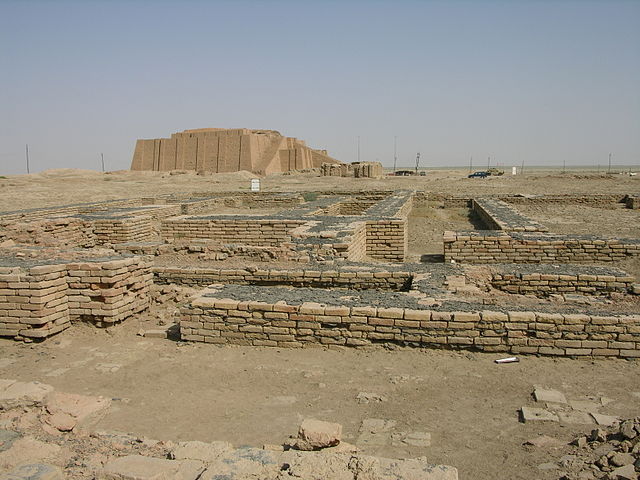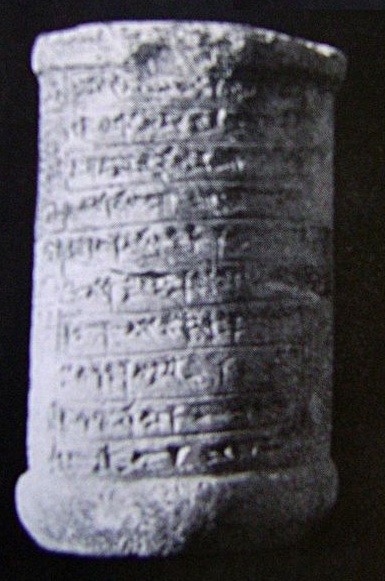
| ENNIGALDI-NANNA'S MUSEUM
Ennigaldi-Nanna's museum location within Iraq
Archeological excavations at the palace grounds Established
: Circa
530 BCE
Ennigaldi-Nanna's museum is thought by some historians to be the first museum, although this is speculative. It dates to circa 530 BCE. The curator was Ennigaldi, the daughter of Nabonidus, the last king of the Neo-Babylonian Empire. It was located in the state of Ur, located in the modern-day Dhi Qar Governorate of Iraq, roughly 150 metres (490 ft) southeast of the famous Ziggurat of Ur.
History
:
The palace grounds that included the museum were at the ancient building referred to as E-Gig-Par, which also had her living quarters. The palace grounds also included the palace subsidiary buildings.
Contents
:
Ennigald stored the artifacts in a temple next to the palace where she lived. She used the museum pieces to explain the history of the area and to interpret material aspects of her dynasty's heritage.
The
"museum labels" (the oldest such known to historians)
for the items found in the museum were clay cylinders with descriptive
text in three different languages [which?].
●
A kudurru, Kassite boundary marker (carved with a snake
and emblems of various gods).
A clay cylinder inscribed with a description in three languages, as used in Ennigaldi's museum to accompany an ancient artifact; these are the earliest known "museum labels" Source :
https://en.wikipedia.org/wiki/Ennigaldi-Nanna%27s_museum |


